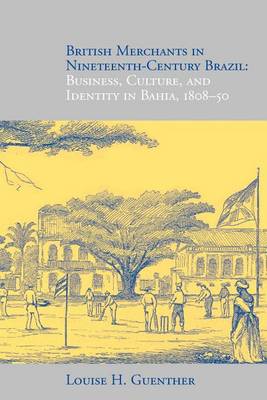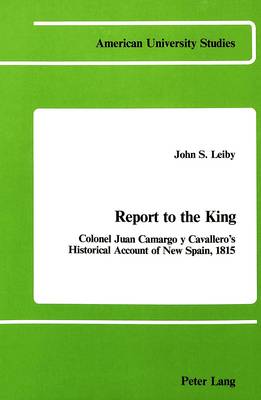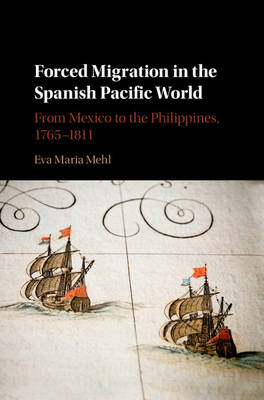Royal Commentaries of the Incas and General History of Peru, Part One
by Garcilaso de La Vega
Garcilaso de la Vega, the first native of the New World to attain importance as a writer in the Old, was born in Cuzco in 1539, the illegitimate son of a Spanish cavalier and an Inca princess. Although he was educated as a gentleman of Spain and won an important place in Spanish letters, Garcilaso was fiercely proud of his Indian ancestry and wrote under the name EI Inca. Royal Commentaries of the Incas is the account of the origin, growth, and destruction of the Inca empire, from its legendary...
Nicaragua (Modern World Nations)
by Professor Charles F Gritzner
Images at War: Mexico from Columbus to Blade Runner (1492 2019)
by Serge Gruzinski
The Origins of Bourbon Reform in Spanish South America, 1700-1763
by Adrian J. Pearce
Das mathematische Weltbild der Maya (Grazer Altertumskundliche Studien, #6)
by Andrea Schalley
Als Gesamtdarstellung des mathematisch-astronomischen Wissens der Maya vermittelt diese Studie einen umfassenden UEberblick uber die Mathematik und die mit ihr verbundenen Bereiche. Neben Ergebnissen der Forschung, die einander kritisch gegenuber gestellt werden, gleichzeitig aber die Basis dieser Untersuchung darstellen, liefert der Ruckgriff auf Inschriften aus der Klassik und die postklassischen Kodizes Einsichten in den abstrakten Zahlbegriff, die Arithmetik, die zyklische Zeitvorstellung un...
Una Alternativa En La Historia (Coleccion Biografias y Documentos)
by Jorge Landaburu
Campana de Invasion del Teniente General Don Pablo Morillo 1815-1816
by Jorge Mercado
Conflict in Nicaragua
British Merchants in Nineteenth-century Brazil
by Louise H. Guenther
In Reclaiming the Discarded Kathleen M. Millar offers an evocative ethnography of Jardim Gramacho, a sprawling garbage dump on the outskirts of Rio de Janeiro, where roughly two thousand self-employed workers known as catadores collect recyclable materials. While the figure of the scavenger sifting through garbage seems iconic of wageless life today, Millar shows how the work of reclaiming recyclables is more than a survival strategy or an informal labor practice. Rather, the stories of catadore...
Report to the King (American University Studies, Series 9: History, #3)
by John S Leiby
Nearly 4,000 Mexican troops and convicts landed in Manila Bay in the Philippines from 1765 to 1811. The majority were veterans and recruits; the rest were victims of vagrancy campaigns. Eva Maria Mehl follows these forced exiles from recruiting centers, jails and streets in central Mexico to Spanish outposts in the Philippines, and traces relationships of power between the imperial authorities in Madrid and the colonial governments and populations of New Spain and the Philippines in the late Bou...
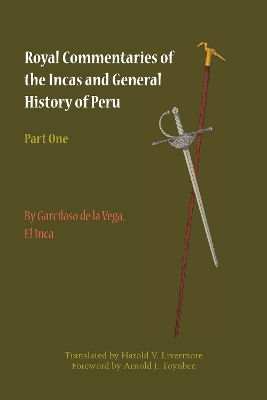


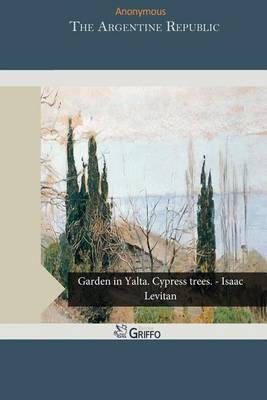


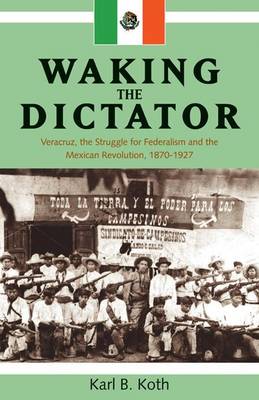
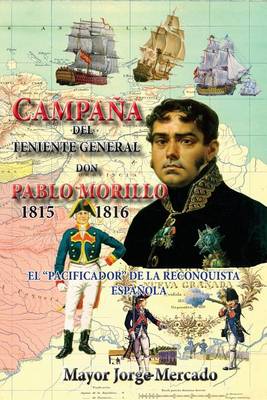


![Cover of Seven Years' Travel in Central America, Northern Mexico, and the Far West of the United States. with ... Illustrations. [translated from Aus Amerika, Etc.] - Scholar's Choice Edition](https://images.bookhype.com/covers/e9/e3/94cbabaa-6166-40c1-818c-b28660fb3e9e/9781296024741-cdea98a161a613f7a80da5.jpg)
